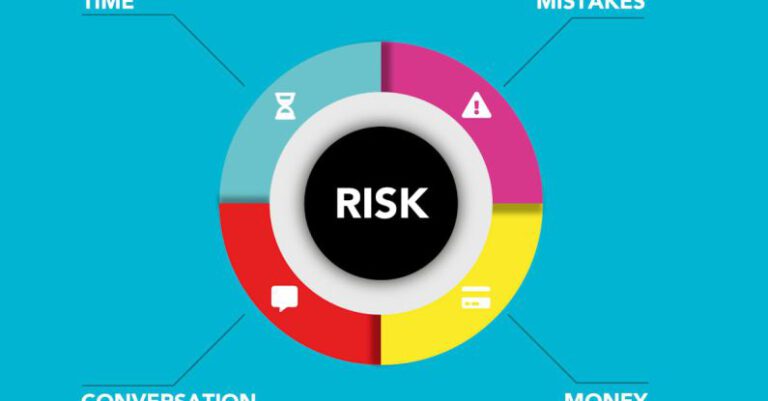Creating a Sustainable Business Model
Building a Sustainable Business Model
In today’s rapidly evolving business landscape, creating a sustainable business model has become imperative for long-term success and growth. A sustainable business model goes beyond profit-making and focuses on creating value for all stakeholders while minimizing negative impacts on the environment and society. By integrating sustainability into their core strategies, businesses can not only mitigate risks but also seize opportunities for innovation and competitiveness. Let’s delve into the key components that make up a sustainable business model and explore how organizations can adopt a more holistic approach to drive positive change.
Embracing Triple Bottom Line
At the heart of a sustainable business model lies the concept of the triple bottom line, which emphasizes the interconnectedness of economic, social, and environmental factors. Instead of solely focusing on financial profits, businesses need to consider their impact on people and the planet. By measuring success in terms of profit, people, and the planet, companies can align their goals with broader societal needs and ensure a more balanced and sustainable approach to decision-making.
Integrating Sustainability Across Operations
To create a truly sustainable business model, organizations must embed sustainability principles into every aspect of their operations. This includes sourcing ethically produced raw materials, reducing waste and energy consumption, and promoting diversity and inclusion within the workforce. By incorporating sustainability into supply chain management, product design, and employee engagement, companies can enhance their reputation, attract talent, and build resilience against future challenges.
Fostering Innovation and Collaboration
Innovation is key to driving sustainability within a business model. By encouraging a culture of creativity and experimentation, companies can develop new products, services, and processes that are both profitable and environmentally friendly. Collaboration with industry partners, government agencies, and non-profit organizations can also help businesses tackle complex sustainability issues and leverage collective expertise for greater impact. By working together towards common goals, companies can accelerate progress towards a more sustainable future.
Adapting to Changing Trends and Regulations
In today’s dynamic business environment, organizations must stay abreast of emerging trends and regulations related to sustainability. From consumer preferences for eco-friendly products to government policies aimed at reducing carbon emissions, businesses need to adapt their strategies to align with evolving expectations. By proactively monitoring market changes and engaging with stakeholders, companies can anticipate future challenges and position themselves as leaders in sustainable practices.
Measuring Impact and Reporting Transparently
An essential aspect of a sustainable business model is the ability to measure impact and communicate progress transparently. By setting clear sustainability goals, tracking key performance indicators, and reporting on outcomes regularly, businesses can demonstrate their commitment to responsible practices and accountability. Engaging with stakeholders through sustainability reports, social media, and other channels can help build trust and credibility with customers, investors, and the wider community.
Continuing the Journey Towards Sustainability
Creating a sustainable business model is an ongoing process that requires dedication, innovation, and collaboration. By embracing the triple bottom line, integrating sustainability across operations, fostering innovation, adapting to changing trends, and measuring impact transparently, companies can pave the way for a more sustainable future. As businesses strive to balance profit with purpose, they have the opportunity to drive positive change and create lasting value for society and the planet. By prioritizing sustainability in their core strategies, organizations can build resilience, foster innovation, and contribute to a more sustainable and prosperous world for generations to come.






